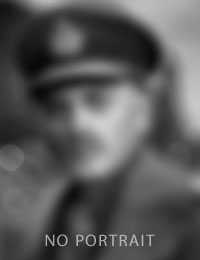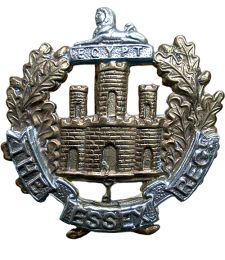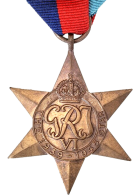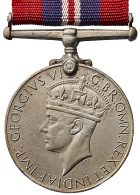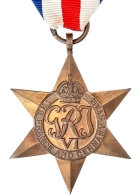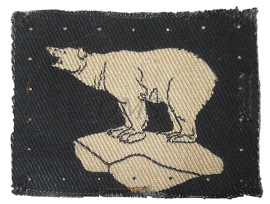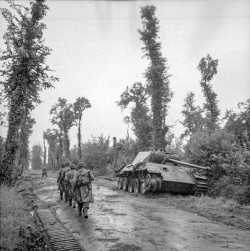He was one of the first of Montgomery troops who landed on Sword Beach in 1944. Operation brake out was to circular navigate around Canes to Peguses Bridge and hold it to prevent the German army from leaving and entering Canes with supplies. My dad was a Radio Operator positioned between the advanced party and the main troop force tasked with securing the area and Pegasus Bridge.
He was positioned between Banneville-La-Campagne and Sanerville when a German sniper destroyed the communication vehicle he was operating in. Of course they were a prime target. He is buried in Banneville-La-Campagne war cemetery on 12th August 1944, a few days before my first birthday.
I have been fortunate to visit his grave on few occasions , my mum bless her never made it. Whilst I was in Normandy I went to Sword Beach and walked out on the sands and tried to imagine how those troops felt as they disembarked off the landing crafts as the German's were firing at them it must have been he'll God bless them all expecially those how never made it off the Beach. Please forgive my spelling mistakes but I must tell my dad's story.
Hopefully Mum and Dad are now reunited in heaven god bless you both for giving me life and making this country Hopefully a better place for all of us. RIP
His son Reginald Saych
